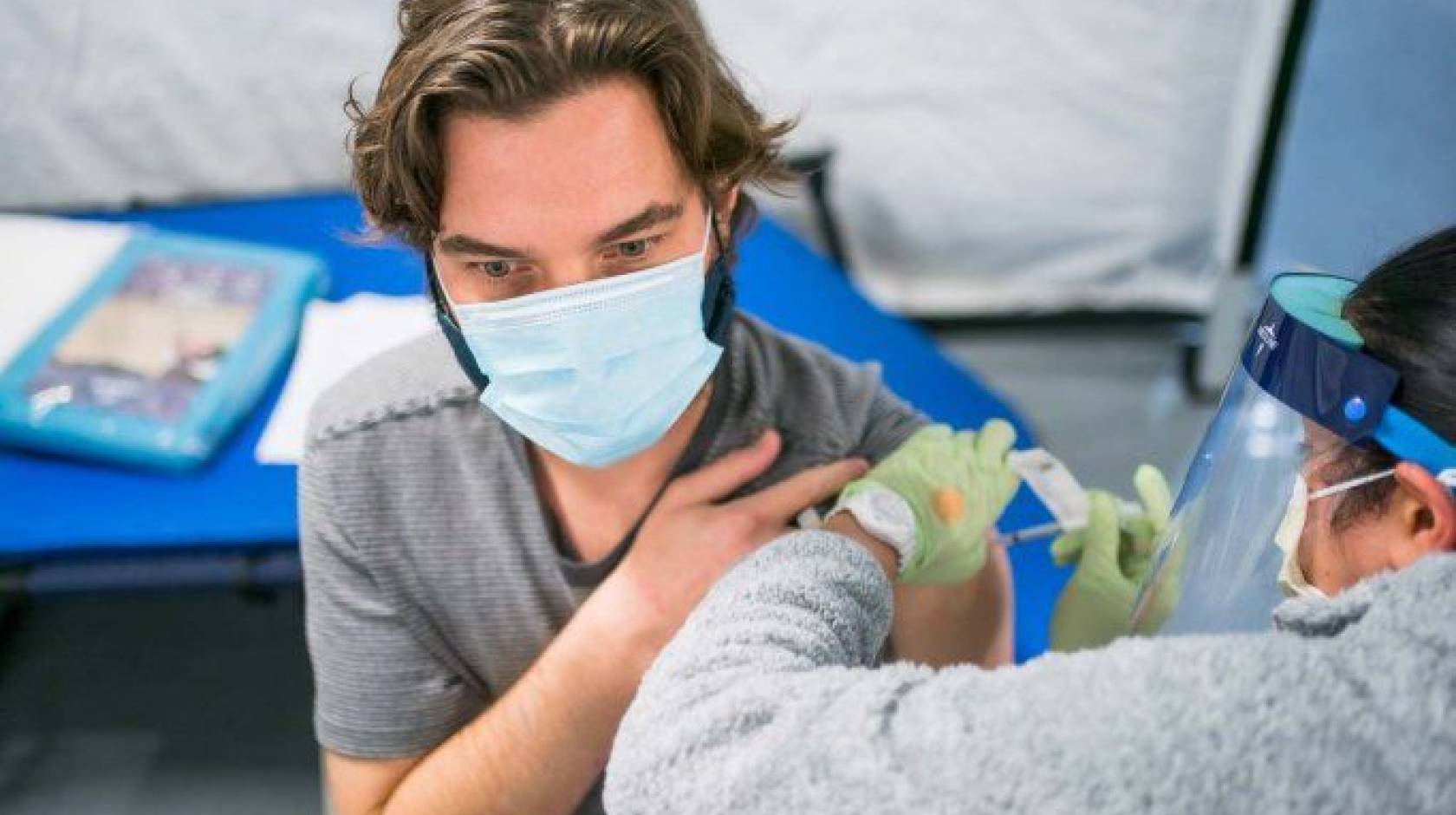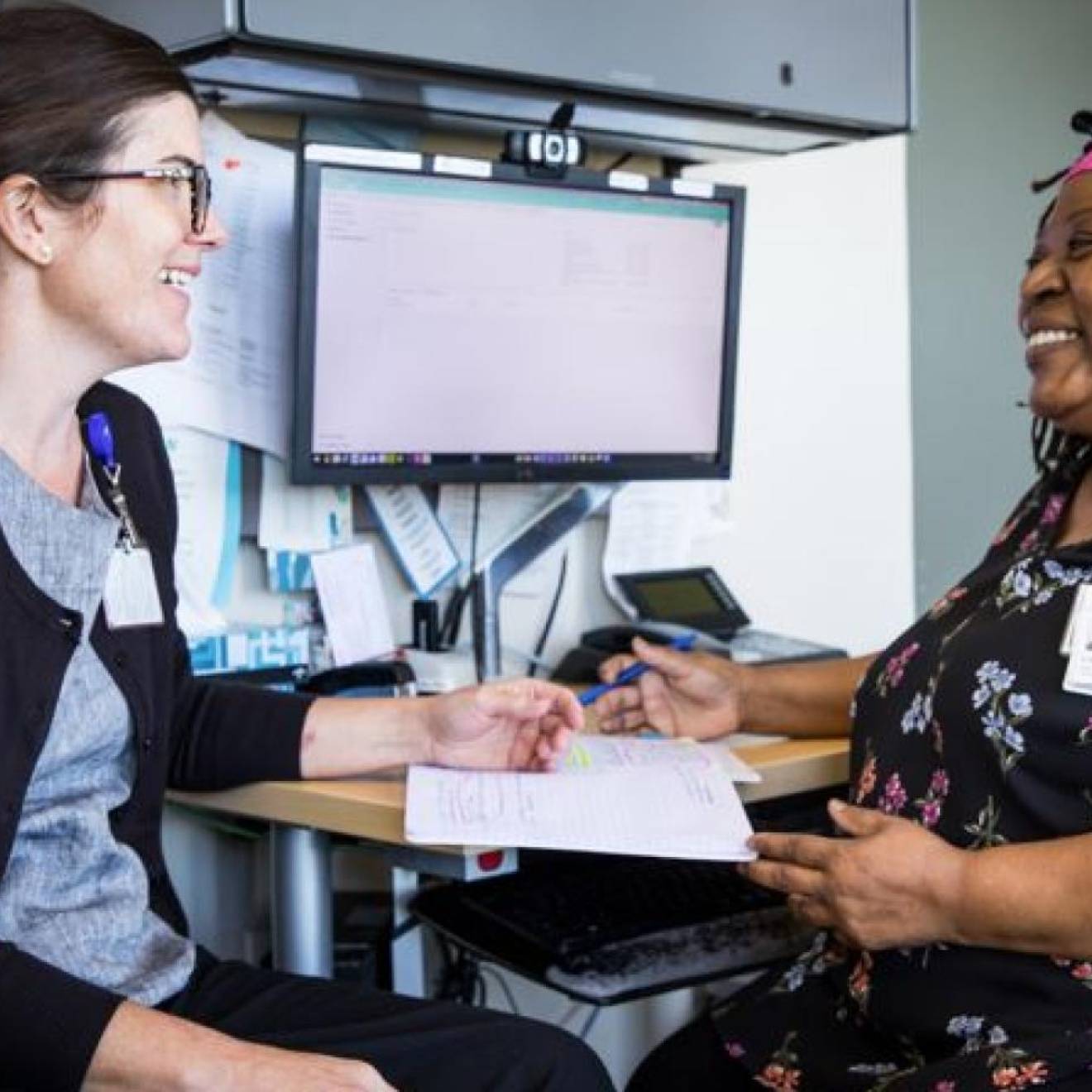Laura López González, UC San Francisco

The U.S. Public Health Services’ Advisory Committee on Immunization Practices has recommended that everyone 6 months or older get a new, updated COVID-19 vaccine from the pharmaceutical firms Pfizer-BioNTech and Moderna. Four UC San Francisco COVID-19 experts, Vivek Jain, MD, MAS; Robert M. Wachter, MD; Peter Chin-Hong, MD; and George Rutherford, MD, give the rundown, including how you can get them for free and what to expect this winter.
Who should get the new vaccines?
Jain: The new recommendations are broadly for everyone 6 months and older to get the new 2023-2024 COVID-19 vaccine. COVID-19 vaccines are very safe and have reduced peoples’ risk of death and hospitalization, especially people who are older and people who have medical conditions. But for everyone, lowering the risk of getting COVID-19 by getting the vaccine is a good idea. COVID-19 can be very unpleasant to get, takes us out of school and work, risks transmitting it to others and we are still learning about what puts people at risk for long COVID-19. Lowering your risk of getting COVID-19 is a good idea.
Do children really need the COVID-19 vaccine?
Rutherford: Yes. COVID-19 was the eighth leading cause of death in the United States between 2021 and 2022. It’s the number one vaccine-preventable cause of death among children in the U.S.
Can I get my COVID-19 vaccine at the same time as my flu shot?
Jain: Yes, if that’s most convenient for you, but it’s also okay to space them slightly apart if that’s preferable. If you’re 60 and over or in weeks 32 to 36 of pregnancy, you may also qualify for the new RSV vaccines.
Why do we need updated COVID-19 vaccines?
Jain: COVID-19 continues to evolve by mutation, so the new COVID-19 vaccines are designed to target the XBB family of omicron variants, which is the dominant family of circulating strains right now. Just like with influenza, it will make sense each year for the vaccines to be updated to be as good a match as possible to what is circulating. This will provide the best protection.
A newer COVID-19 variant, EG.5 or “Eris,” accounts for nearly 1 in 3 COVID-19 cases in California, among analyzed samples. Will new vaccines work against it?
Jain: Yes, they should stimulate immunity that helps protect against this variant. Eris is just a name that’s been used by some people, but it is really referred to in general as EG.5. Eris is part of the larger omicron family of variants and, within that, is closely related to the XBB sub-lineage. The new COVID-19 vaccines are directed against a member of this family, XBB1.5. EG.5 only differs from XBB1.5 by one mutation, so the new vaccines should help protect against the EG.5 variant.
What should I know about the new COVID-19 variant “Pirola,” dubbed a “scariant” by some?
Wachter: COVID’s spike protein plays a crucial role in allowing the virus to attach to human cells and infect them. BA.2.86, nicknamed Pirola, is scary because when you look at the spike protein, it looks like it’s mutated up the ying-yang. It’s very different from the spike protein we've come to know and that previous vaccines were targeted to. And yet, information that has emerged in the past month or so is quite reassuring.
Chin-Hong: Yes, it has more than 30 mutations in the spike protein. Pirola is not being commonly picked up yet. Still, the number of mutations on the spike protein has people worried because in past variants changes to the spike protein have changed the way the virus behaves by, for instance, making it more infectious or causing more serious disease. This scariant could still be a paper tiger though, meaning it looks scarier than it is.
Will vaccines work against “Pirola”?
Chin-Hong: Results from at least four laboratories worldwide suggest that our existing immunity might hold up very well against Pirola. These results also bode well for the new vaccines.
Can I still get a COVID-19 vaccine for free?
Jain: Yes, health insurance and pharmacies will cover the cost of the new COVID-19 vaccines. People without insurance or who might face a difficult co-payment should contact their local health department. They will advise on exact locations to get free COVID-19 vaccination. Also, for uninsured or underinsured people, the federal government has created a new program called the Bridge Access Program to provide access to free COVID-19 vaccines at thousands of locations nationwide.
Why are COVID-19 cases rising in California?
Chin-Hong: Many factors cause COVID-19 cases to go up and down in waves. We’ve had a summer case uptick every summer dating to 2020. One factor is peoples’ overall immunity from prior vaccination and infection has waned, putting them at greater risk of infection.
Another factor is how much people are mixing in indoor and not-well-ventilated areas that let COVID-19 spread. This happens both during very hot and cold weather when people tend to stay indoors, and during high travel seasons. We’ll likely see a second uptick in COVID-19 cases this winter again.

